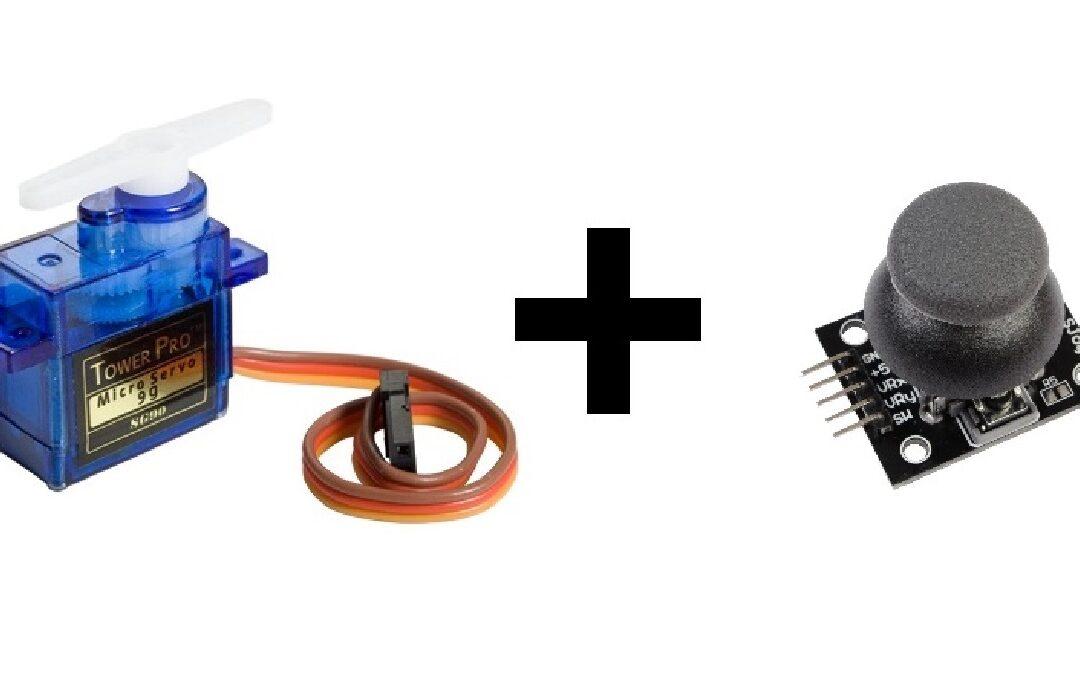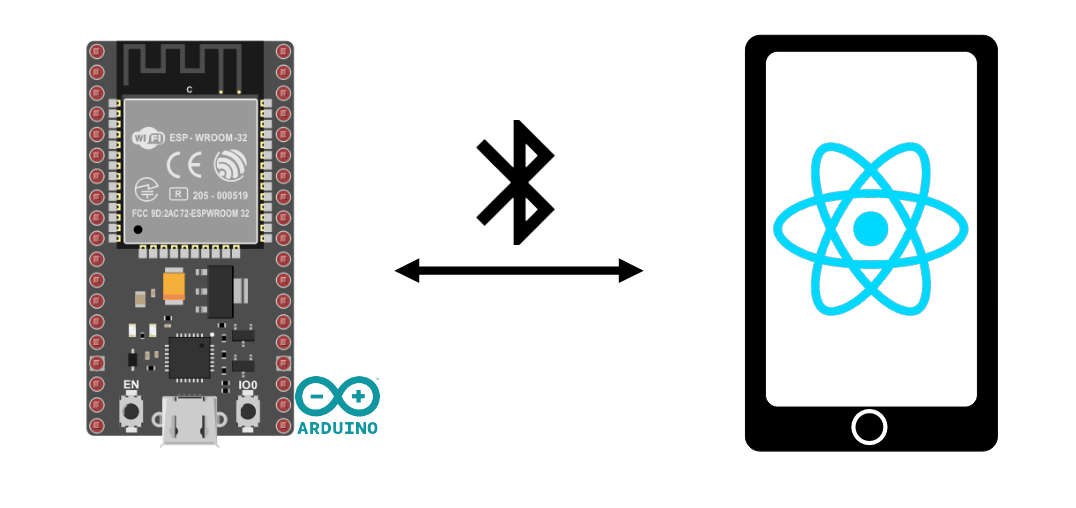One of the main objectives of robotics is to articulate objects. And to do this, we can also act on the articulation of objects via user action directly on the system. In this article, we'll look at how to program the Arduino board to drive servo motors with a...









